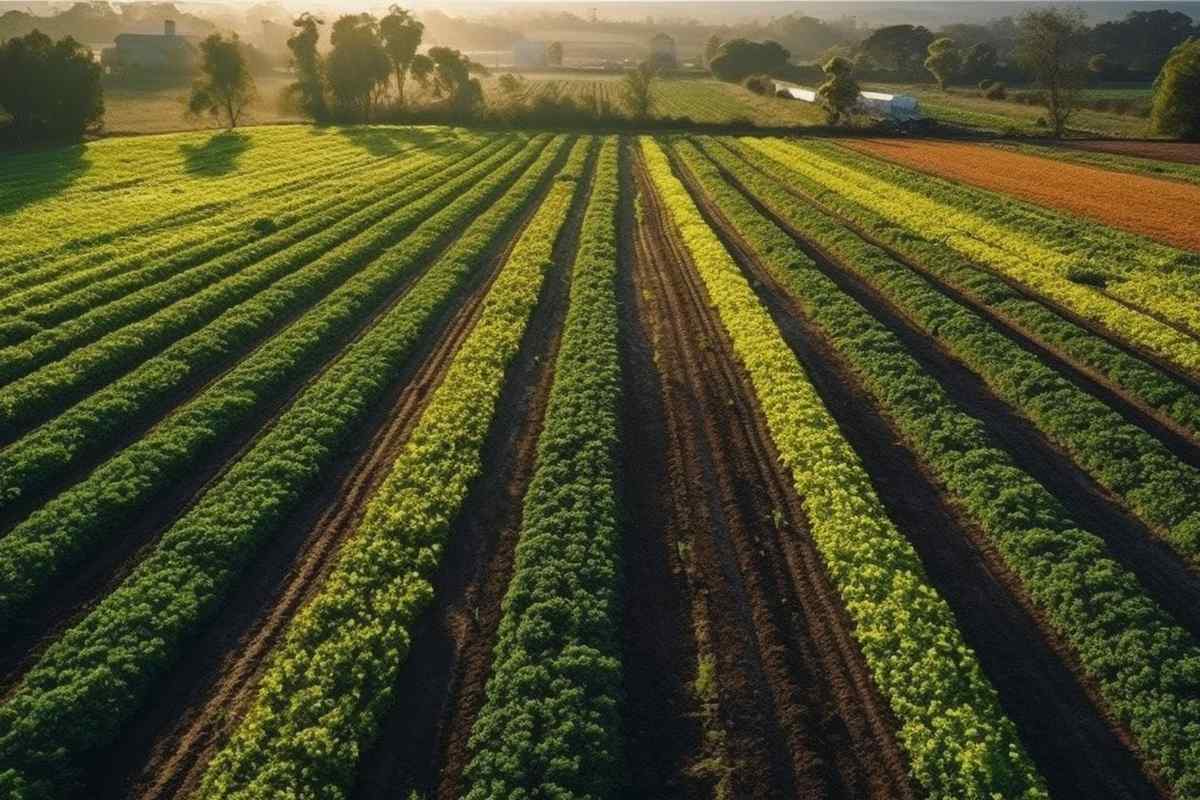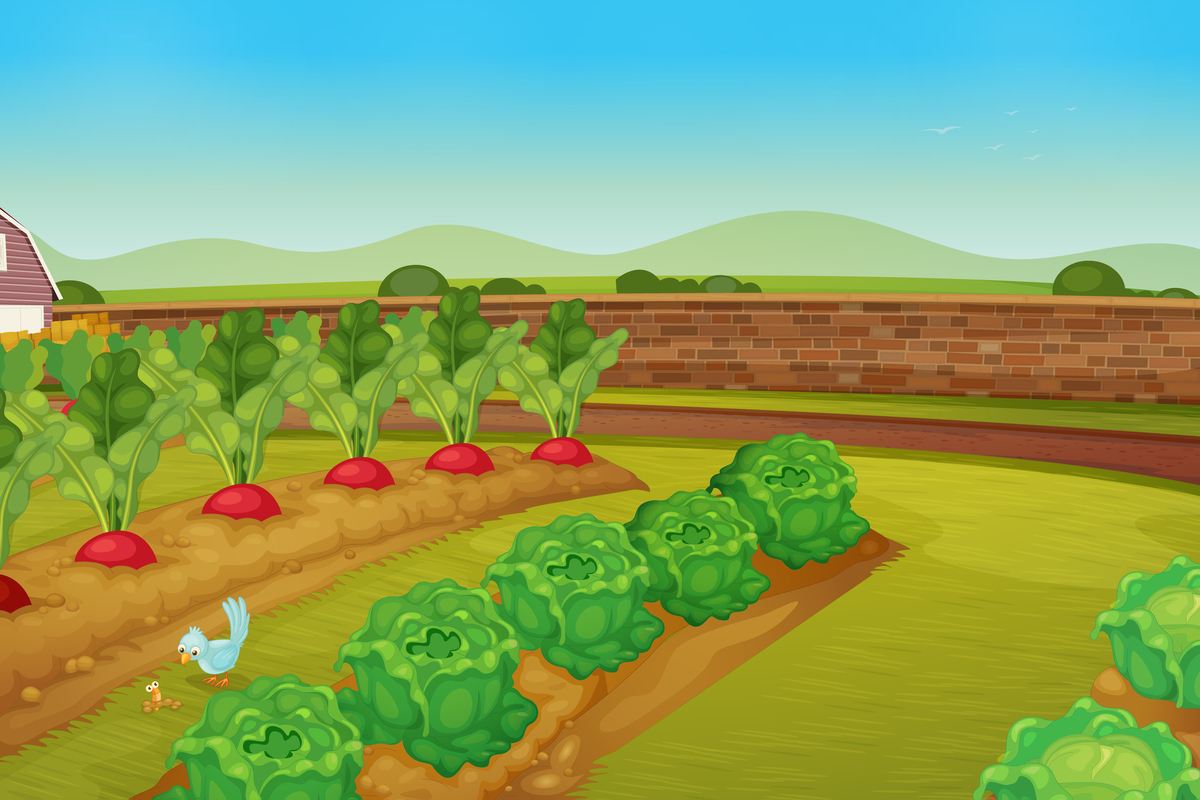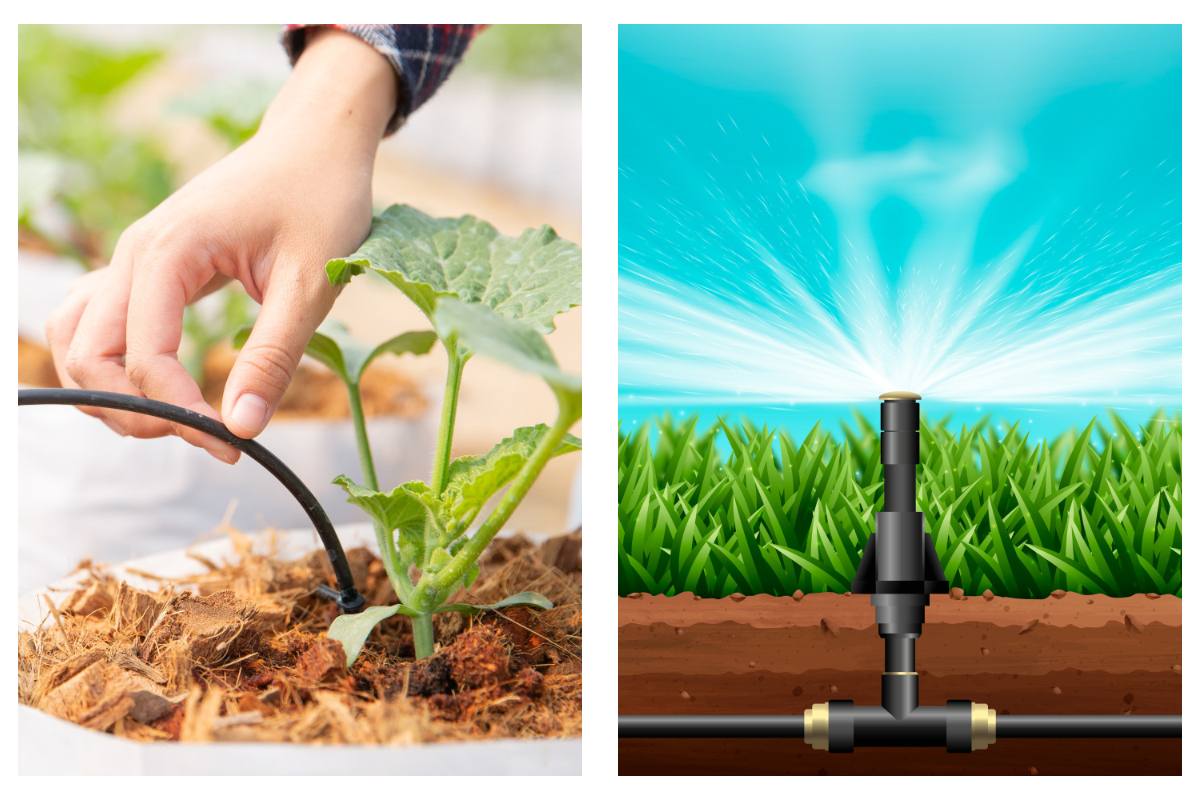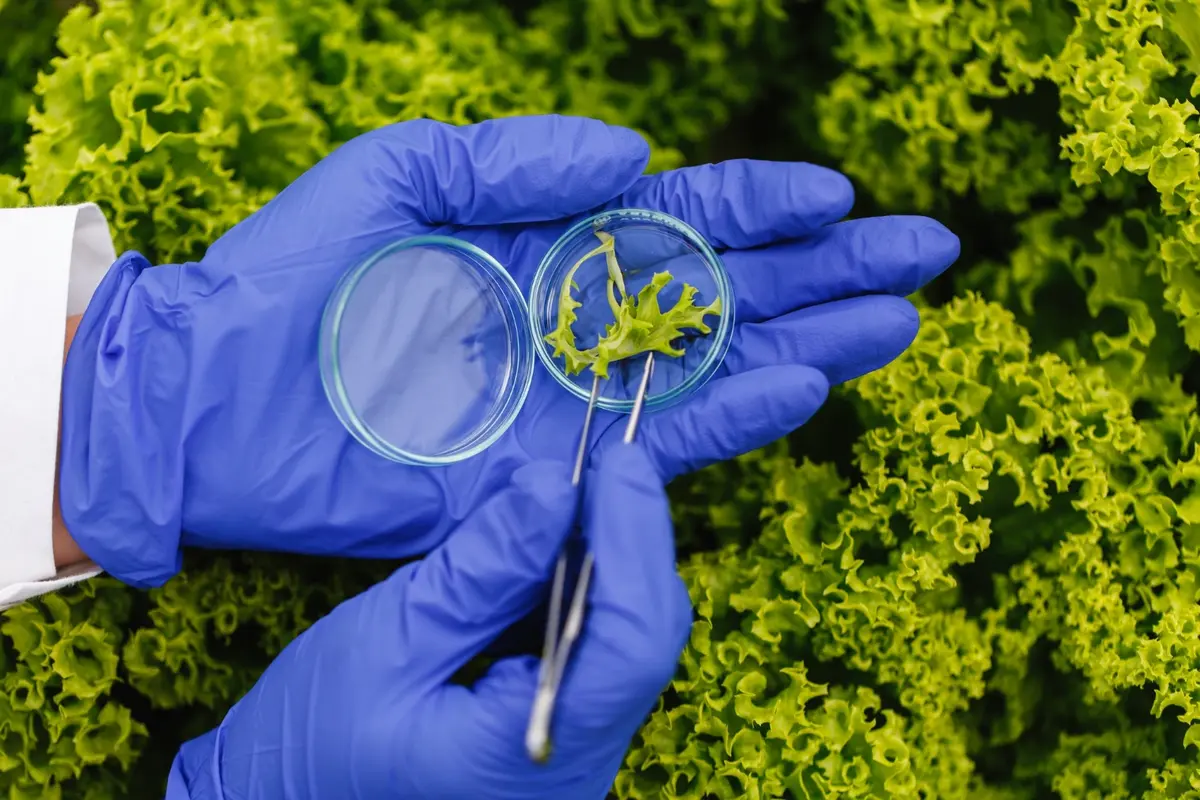Vertical farming is a modern agricultural technique that involves growing crops in stacked layers, often in controlled indoor environments such as hydroponics, aeroponics, or aquaponics. With the increasing demand for food and decreasing availability of arable land, vertical farming is gaining attention as a sustainable alternative to traditional farming methods.
Vertical farming enables year-round production, reduces the need for pesticides, and uses significantly less water compared to traditional farming. However, like any innovation, it also comes with its own set of challenges, including high setup costs, technical complexities, and energy demands. In this article, we will take a closer look at both the advantages and disadvantages of vertical farming to better understand its potential and limitations in shaping the future of agriculture.
Table of Contents
Advantages of Vertical Farming

1. Efficient Use of Space
Vertical farming allows crops to be grown in stacked layers, making it possible to cultivate more food in a smaller area. This is especially beneficial in urban settings where land is scarce and expensive. By utilizing vertical space, this method dramatically increases the productivity per square foot of land.
2. Year-Round Crop Production
One of the biggest advantages of vertical farming is that it enables continuous crop production throughout the year, regardless of seasonal changes or weather conditions. Controlled indoor environments ensure that crops receive optimal light, temperature, and humidity, which leads to consistent yields and multiple harvests in a year.
3. Reduced Water Usage
Vertical farming typically uses hydroponic or aeroponic systems, which consume up to 90% less water than traditional soil-based farming. The water used in these systems is often recycled, reducing wastage. This makes vertical farming a more sustainable option, especially in regions facing water scarcity.
4. No Need for Pesticides or Herbicides
Because vertical farms are located in controlled indoor environments, they are less exposed to pests and diseases. This significantly reduces or even eliminates the need for chemical pesticides and herbicides, leading to cleaner and safer produce while also reducing environmental pollution.
5. Less Dependence on Weather
Traditional farming is heavily influenced by weather conditions, which can lead to crop failures due to drought, floods, or extreme temperatures. Vertical farming, on the other hand, operates independently of outdoor weather, ensuring stability and reliability in food production, even during adverse climate conditions.
6. Reduced Transportation Costs and Emissions
Vertical farms can be established close to or even within urban areas where the food is consumed. This reduces the need for long-distance transportation, lowering fuel costs and greenhouse gas emissions.
7. Higher Yield in Less Time
With controlled lighting, temperature, and nutrients, crops in vertical farms can grow faster and more uniformly than in traditional fields. This accelerated growth rate means more harvests can be achieved in a year, boosting overall productivity and profitability.
8. Job Creation and Technological Advancement
Vertical farming introduces new career opportunities in urban agriculture, engineering, plant science, and farm management. It encourages innovation and the development of smart farming technologies, such as automation, artificial intelligence, and data analytics, which can further improve agricultural efficiency and sustainability.
Disadvantages of Vertical Farming

1. High Initial Investment
One of the major disadvantages of vertical farming is the high cost of setting up the infrastructure. Building multi-level structures equipped with climate control systems, LED lighting, hydroponic or aeroponic systems, and automation technology requires significant financial resources. This makes it difficult for small-scale or traditional farmers to adopt vertical farming without substantial financial support or investment.
2. High Energy Consumption
Vertical farming depends heavily on artificial lighting and climate control systems to replicate natural conditions. These systems consume a large amount of electricity, especially in areas where sunlight is not sufficient. As a result, energy costs can be very high, making vertical farming less sustainable and more expensive in the long run if renewable energy sources are not used.
3. Technical Complexity
Operating a vertical farm requires knowledge of advanced agricultural technologies, environmental control systems, and data monitoring tools. Managing nutrient delivery, lighting schedules, humidity levels, and pest control in a closed environment demands a skilled workforce. This technical complexity can be a barrier to entry for many farmers.
4. Limited Crop Variety
Vertical farming is best suited for lightweight, fast-growing crops such as leafy greens, herbs, and microgreens. Growing larger or deep-rooted plants like wheat, corn, or fruit trees is currently not feasible or cost-effective in a vertical setup.
5. Risk of System Failures
Since vertical farms rely heavily on automated systems and controlled environments, any technical malfunction or power outage can have serious consequences. A failure in lighting, irrigation, or temperature control can lead to crop damage or complete loss within a short time.
6. High Operational Costs
Beyond the initial setup, maintaining a vertical farm involves ongoing expenses such as electricity bills, maintenance of equipment, and salaries for skilled workers. These high operational costs can affect the profitability of vertical farming, especially when market prices for crops are not high enough to offset the expenses.
7. Environmental Concerns
Although vertical farming is often praised for being eco-friendly, if it relies on non-renewable energy sources, it can contribute to a significant carbon footprint. Additionally, improper disposal of nutrient solutions or use of synthetic materials can lead to environmental pollution. Without sustainable practices, vertical farming may lose its ecological advantages.
8. Limited Accessibility and Awareness
Vertical farming is still a relatively new concept and is not widely practiced or understood in many parts of the world. Lack of awareness, access to technology, and government support can prevent its widespread adoption, particularly in rural and underdeveloped regions.
Conclusion
Vertical farming presents a revolutionary approach to modern agriculture, offering a sustainable solution to growing food in limited spaces, especially in urban environments. While vertical farming holds great potential for the future of food production, its success will depend on continued innovation, cost reduction, the use of renewable energy, and broader accessibility. Balancing its advantages and disadvantages is crucial for making it a viable and inclusive solution in the global agricultural landscape.







